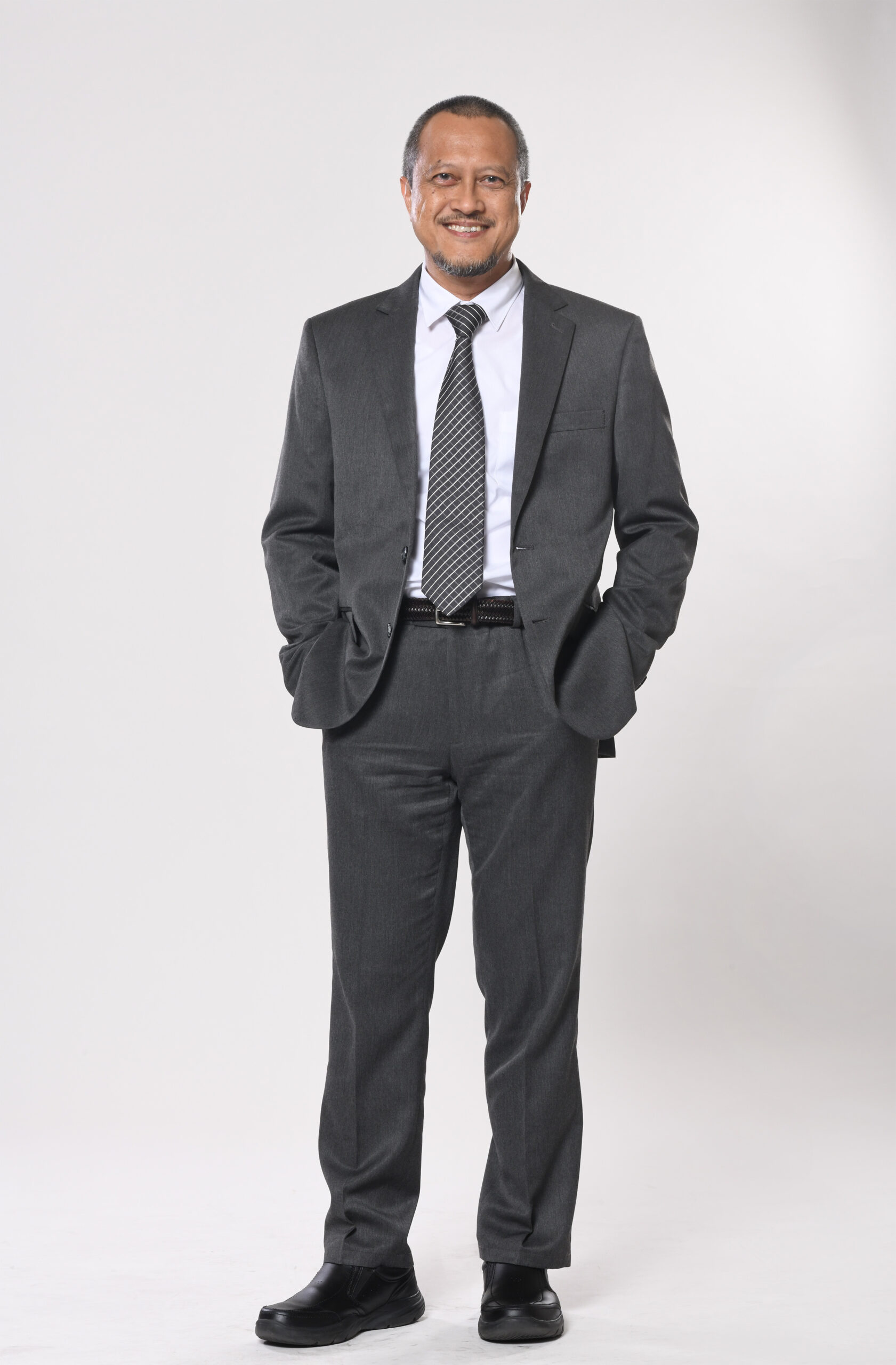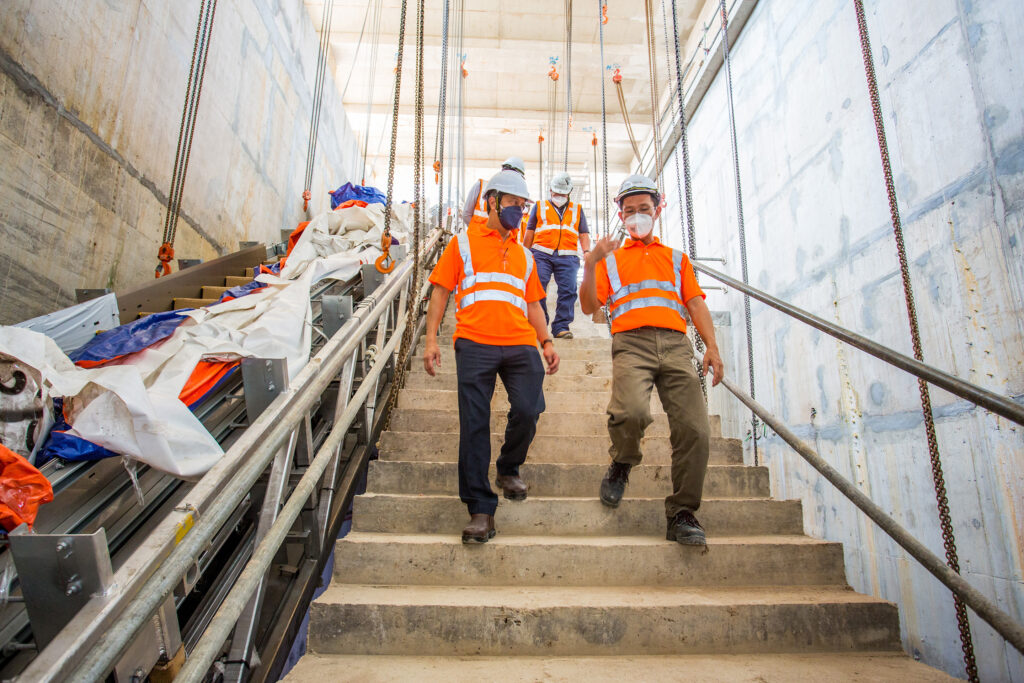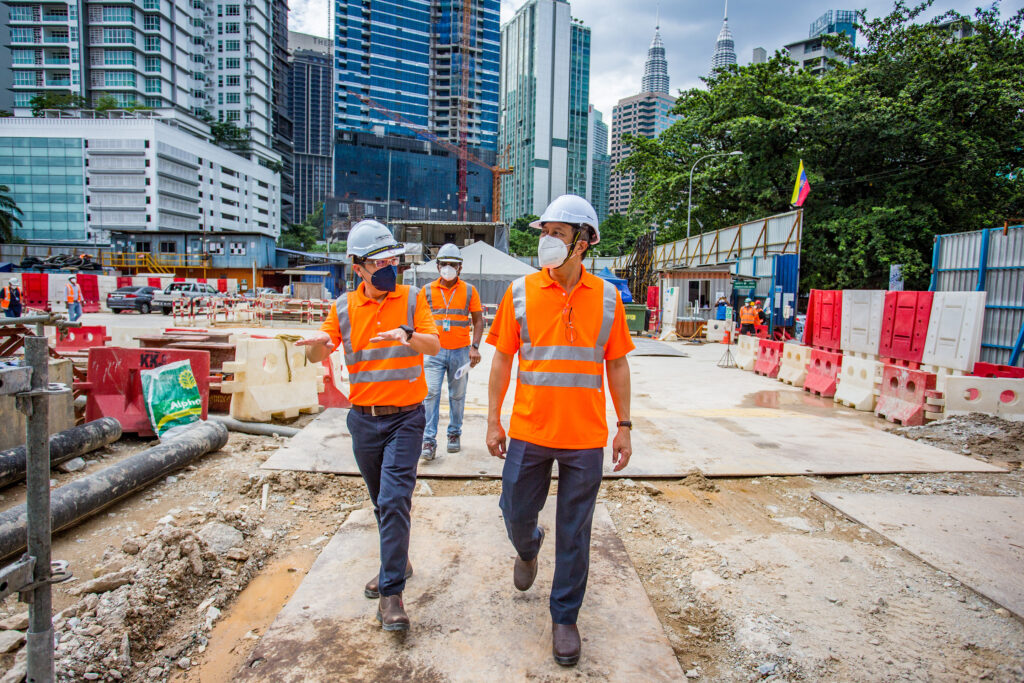Photo by Freepik.com
Dr Bhavani Krishna Iyer
Known for his calm demeanour and affable personality, Adil Putra is a well-known troubleshooter or “Mender” of sorts. He is often sent to projects to address knotty situations and complex challenges. His peers welcomed his return to MMC-Gamuda at the start of January 2022 as he took over a crucial seat as the Project Director for the MRT Putrajaya Line. Tasked with seeing the project through for the opening of Phase 1 and 2, the Rise editorial caught up with Adil for an informal glimpse into the mind of this stalwart who is known for his DIY ways of solving challenging situations.

I first joined in 1989, getting involved in building roads and highways. I took a short break in 1998 before returning in 2001, and was initially posted to manage projects in Sabah. Later I was asked to handle the Sungai Buloh Hospital Interchange and then moved on to G. B. Kuari. I was in MMC-Gamuda managing the MRT Kajang Line project. Following the project completion, I moved on to our PTMP project. This briefly sums up my journey with Gamuda over the last 30 years.
I am basically picking up from where Dato’ Wong left off as the Project Director. There were systems work integration and the remaining Underground work challenges that need to be managed before opening of the MRT Putrajaya Line. It’s nothing that we can’t resolve, just that the pandemic has pushed us to the limits in terms of project timelines. The team is working very hard and I am confident we will be hitting the shore soon.

Fondly known as En. Adil, the new Project Director was on his rounds inspecting various underground sites.
Yes, I must say that the early exits of some key personnel have left us in a tight spot in certain areas, so we are feeling the pinch. On the other hand, it is only to be expected as there are other new upcoming projects and our people are sought-after due to their experience, exposure and skills trained when with us.
I too was once a hot-headed guy with a temper that easily flared up. However, as I got older, I realised it (the temper) did not solve anything and neither did it benefit anyone. I then began to develop and adopt a conscious approach to changing how I dealt with problems and people. My mainstay now is not to focus on flaws, faults or shortcomings, but rather to explore opportunities that are presented to me in each situation and bringing out the best from individuals in each case.

The inspected sites were Titiwangsa, Conlay and Hospital Kuala Lumpur stations.
While looking up to many role models, we all certainly have our own management styles. Leaders who seek out of the box solutions, however, are those that inspire me the most. I therefore always try to lead by example and have had demonstrable success in getting people to work together through self-discipline. Ultimately it is all about increasing productivity, which should be our common goal or aim. The other aspect that I strongly feel about is that a leader should be respected and not feared, as people respond better to inspiration rather than coercion.
I avoid head-on confrontation at all costs. When such situations call, I take a step back, assess the situation and regroup to find the best way forward. In this context, coffee time alone gives me time to think and reflect on things, and suddenly there is the ‘Bingo!’ moment when the idea for a solution comes to mind.
I love the outdoors, used to enjoy photography, but got weaned off due to work commitments. My all-time favourite hobby has been playing music. I used to play the guitar and drums during my college days and I still do. Creating music gives me a great sense of pleasure. As we all know, having the right and left brains working consciously in equal measure is a gift and luckily, I think I have it. During the MCO, I rekindled my interest in music and started composing again. Creative thinking can lead to resolving finite analytical problems. When you have the creative streak in you, whether it is music or a work-related issue, it works just as well in helping to drive new out of the box solutions.

En. Adil was accompanied by Goh Chee Young, Deputy Project Director and Construction Managers of the respective sites.
In Penang everything was different. We could not apply the same approaches and strategies that were tried and tested here. Suddenly, there was a need for a new wave of thoughts and tactics. We had to invest time and effort in educating our stakeholders and guiding them on building a project of massive size like the PTMP and PSR.
I think there is a sore need for people to think beyond themselves, as it is only then that we will realise that many others are not as fortunate. There is a lot of misfortune around us and living with mindfulness helps us respond to people in need. Also, if people are appreciative of their surroundings, they form an innate sense of belonging and the need to preserve it, which is how factors like environmental, social and governance (ESG) become relevant. It is not just about being compliant, it is about developing a distinctive and natural relationship with our surroundings and environment.
I hope to see this team working on the MRT to continue to work on future rail projects, expanding their skills sets and expertise. We should be proud for building and nurturing them through the years, though I may be happily retired by then!
Adil’s smooth and hearty laughter in response was deceptive,
so I could not tell if it was a Yes or a No.
